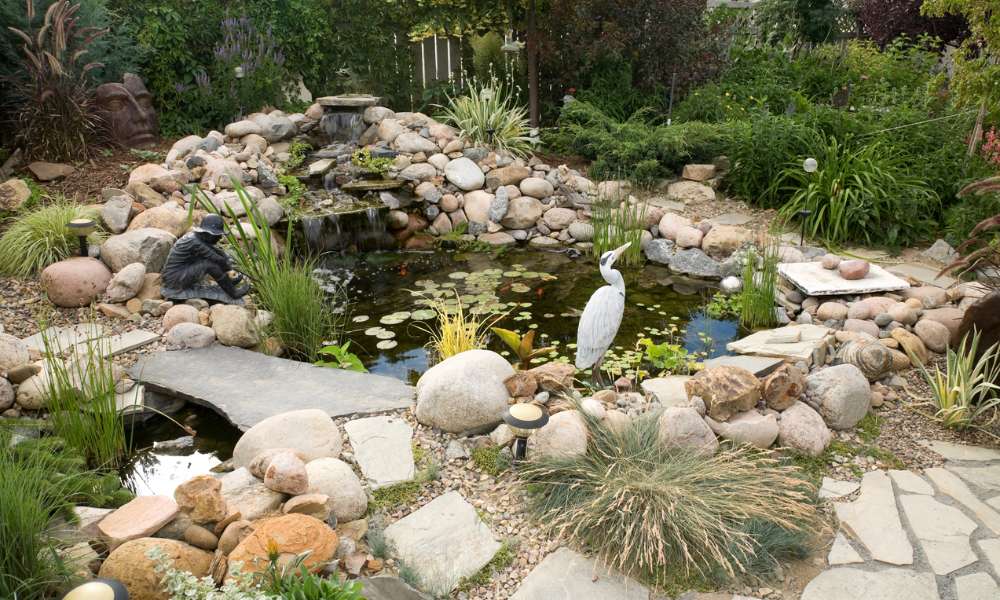Rock landscaping, an innovative and visually striking approach to garden design, blends the rugged beauty of natural stone with the vibrant hues and textures of various plants and vegetation. This guide on how to prepare for rock landscaping is designed to walk you through the essential steps of creating a rock garden, a landscaping trend that not only enhances the aesthetic appeal of your outdoor space but also offers practical benefits such as reduced water usage and low maintenance.
What Are The Benefits Of Using Rocks In Landscaping?
Using rocks in landscaping offers several benefits. Firstly, rocks provide natural beauty and texture to the landscape, adding visual interest and a sense of depth. They can be used to create focal points, define borders, or add contrast to the greenery. Additionally, rocks are low maintenance and durable, making them a long-lasting and cost-effective choice for landscaping.
How Should I Choose The Right Type Of Rocks For My Landscaping Project?
Choosing the right type of rocks for your landscaping project, it’s important to consider the overall aesthetic you want to achieve, as well as the practical considerations such as durability and maintenance. Start by determining the color, size, and texture of rocks that will complement your existing landscape and architecture. For example, if you have a modern home with clean lines, you may want to opt for smooth, polished rocks in neutral tones. On the other hand, if you have a rustic or natural setting, rougher and more irregularly shaped rocks in earthy tones may be more suitable.
Should I Remove Existing Plants Before Laying Down Rocks?
It depends on the type of plants and the overall design of your landscaping. If the existing plants are invasive or undesirable, it may be best to remove them before laying down rocks. However, if the plants are well-established and complement the rock design, you can leave them in place and work around them.
Interpretation And Key Concept For Rock Landscaping
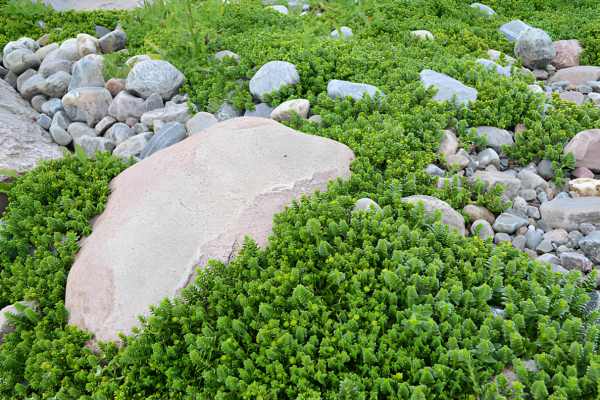
One key concept to keep in mind is the importance of preparation. Before beginning any rock landscaping project, it’s crucial to thoroughly prepare the area by clearing out debris, weeds, and unwanted vegetation. This sets the stage for a clean and well-prepped canvas onto which you can then start adding your rocks and other elements.
Composing A Detailed Design Plan
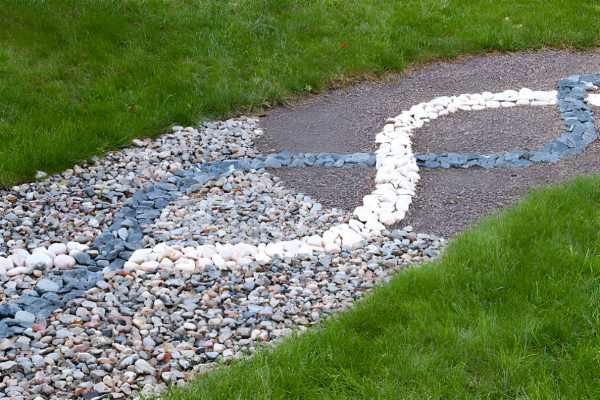
Composing a detailed design plan is essential when preparing for rock landscaping. Begin by assessing the available space and considering the desired aesthetic, functionality, and budget constraints. This process will help you determine the type of rocks, colors, textures, and arrangements that would best suit the area. Additionally, researching local plant species that complement rocky environments can provide a cohesive and visually striking design.
Appraise Your Right Space
Appraising your right space for rock landscaping goes beyond simply choosing a spot in your yard. It’s about understanding the natural elements that can enhance or impede the success of your project. Consider factors such as sunlight exposure, soil composition, and moisture levels before selecting the ideal location for your rock garden. Stone landscaping requires careful planning to ensure proper drainage and resistance to erosion, so evaluating these key environmental factors is crucial.
Assembling Plants And Vegetation
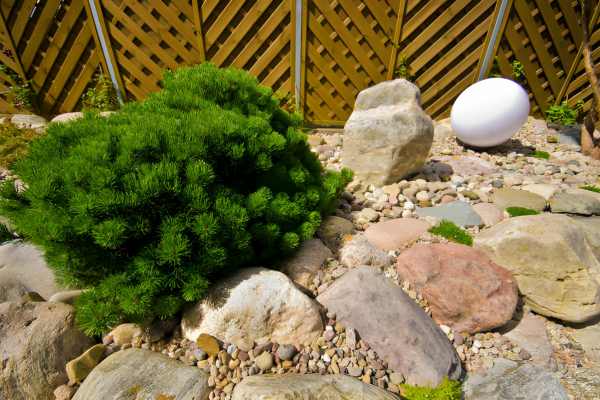
To create a visually appealing clean rock landscaping design, the key is to carefully assemble plants and vegetation that complement the natural elements of the rocks. Start by selecting a variety of plant species with different heights, textures, and colors to add depth and interest to the landscape. Consider using low-growing ground cover plants to soften the edges of rocks and create a cohesive transition between the hardscape and softscape elements.
Select Solid Compatible Plants
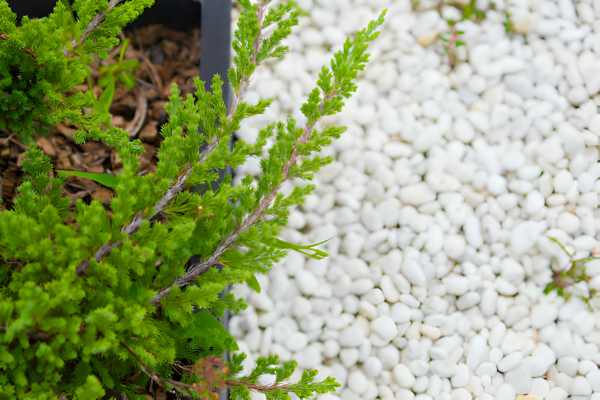
For a rock landscape, it’s important to select sturdy plants that can thrive in harsher conditions typical of rocky terrains. Succulents, alpine plants, and certain perennial herbs are excellent choices. These plants are not only resilient but also help in preventing soil erosion and require less water, aligning perfectly with the concept of a sustainable rock garden.
Techniques For Attaining Rocks In Place
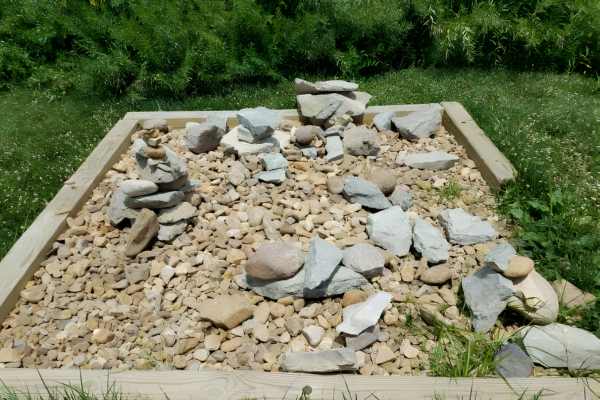
To preparing for stone landscaping, one essential technique is proper site preparation. This involves removing any existing vegetation and debris, grading the area for proper drainage, and ensuring a stable base for the rocks. By taking the time to prepare the site thoroughly, you can create a solid foundation that will keep your rocks in place for years to come.
Assimilation Lighting And Water Features
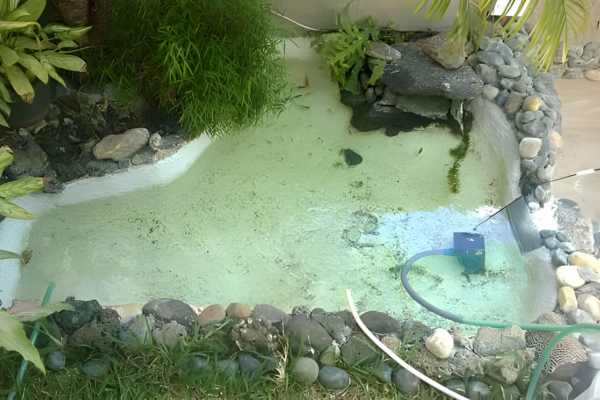
Assimilation lighting and water features are essential elements in creating a captivating and serene outdoor environment. When it comes to rock landscaping, these elements play a pivotal role in enhancing the overall ambiance of the space. Incorporating assimilation lighting can bring a sense of warmth and coziness to the rock landscape, especially during the night when it illuminates the unique textures and shapes of different rocks. Additionally, carefully positioned water features such as fountains or ponds can further elevate the aesthetic appeal of the space, adding a soothing and tranquil atmosphere.
Repairing Displaced Large Rocks
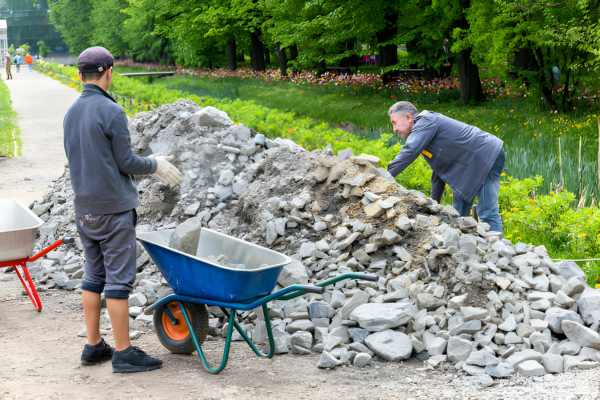
Repairing displaced large rocks can be a challenging yet rewarding task, especially when it comes to preserving the natural beauty of your landscape. The first step in preparing for stone landscaping is to carefully plan and visualize the placement of each large rock within the area. Consider the natural flow of the space, as well as any potential hazards or obstacles that may impact the stability of the rocks.
Managing Plant Health And Drainage Problems
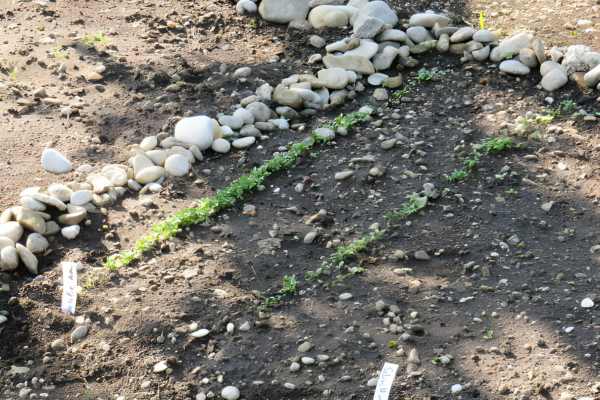
Managing plant health and drainage problems in your garden or landscaping project is crucial for maintaining vibrant, thriving greenery. One key aspect to consider is how to prepare for rock landscaping, which can significantly impact the overall drainage of your outdoor space. By strategically placing rocks and gravel in areas prone to waterlogging, you can improve soil aeration and prevent root rot in your plants. Additionally, incorporating raised beds or mounded planting areas can further aid in managing excess moisture and promoting healthier plant growth.
Soil Appraisal And Improvement
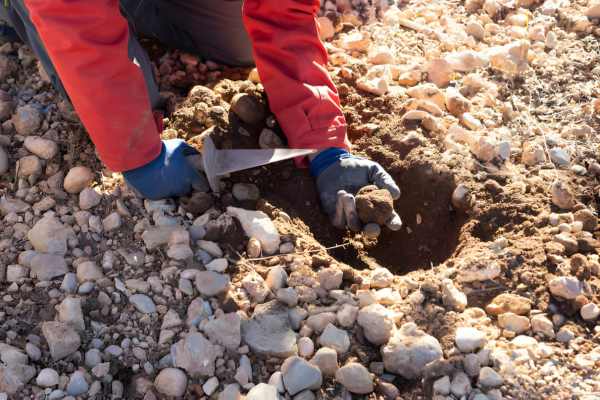
Soil appraisal and improvement are critical components of successful rock landscaping projects. Before embarking on any stone landscaping endeavor, it’s crucial to evaluate the quality and condition of the soil in the area. The composition, drainage capabilities, and nutrient levels all play a significant role in determining the suitability of the soil for stone landscaping. Understanding these factors through proper soil appraisal allows for targeted improvements to be made, ensuring optimal conditions for successful stone landscaping.
Final Thoughts
Rock landscaping can transform your outdoor space into a beautiful and low-maintenance oasis. By following the steps outlined in this article, you can effectively prepare for a successful rock landscaping project. Remember to carefully plan and visualize your design, prepare the area by removing debris and weeds, choose the right type and size of rocks for your space, and consider professional help if needed. With proper preparation, you can create a stunning rock landscape that will enhance the beauty and functionality of your outdoor environment for years to come. Get started today and enjoy the benefits of a well-prepared rock landscape!
